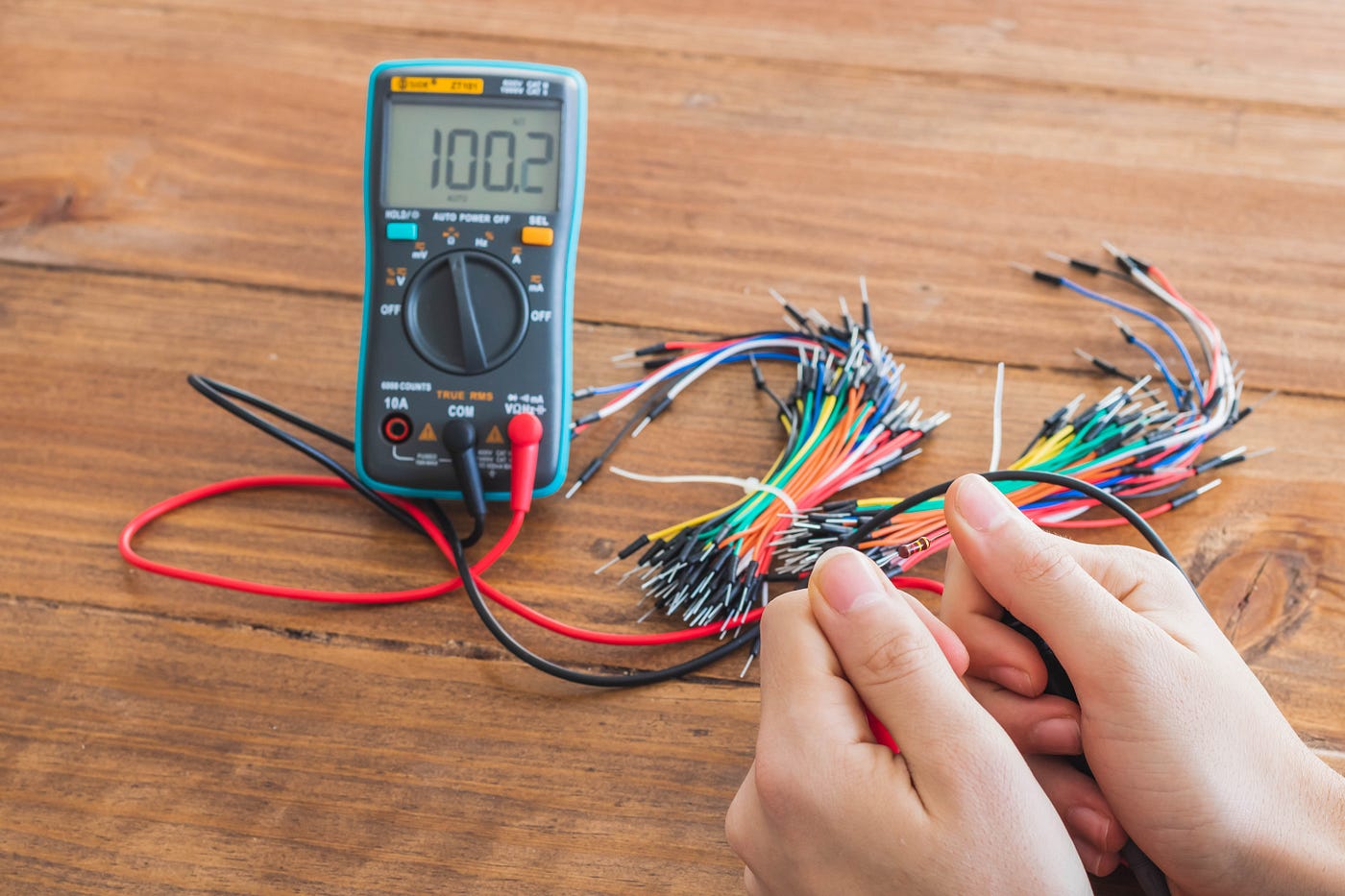Portable Appliance Testing Reading (also called PAT Testing) is a vital procedure to ensure the security and safety of electrical appliances. It doesn’t matter if it’s a school or office, workshop or a rental home, PAT Testing is an essential component of observing the safety and health guidelines. In Reading and its close vicinity, PAT Testing plays a crucial role in reducing the dangers of electrical energy and creating a secure environment for everyone. This article focuses on Reading PAT Testing and sheds some light on the significance of it to individuals, businesses, and landlords.
PAT testing is the method of thoroughly examining electrical appliances to verify their safety and functioning. In Reading, this procedure is necessary for a variety of establishments, from schools, offices and workshops, to rental properties like Houses in Multiple Occupation (HMOs). This is a method to detect potential flaws, wear-and-tear, or damages that could cause electrical accidents.

Reading can be a lucrative business and properties with different electrical needs. Reading tests for PAT are essential in all environments, including classrooms with electronic devices, offices that have computers, workshops utilizing numerous tools, and even schools. This crucial safety measure can also be applied to DJs who use complex instruments, as well as landlords responsible for security of tenants.
Insuring compliance to Health and Safety Regulations
Respecting health and safety regulations is a legal requirement and moral obligation for all property owners and businesses in Reading. Electricity at Work Regulations require that all electrical equipment supplied by employers or landlords be in an enviable and safe state. PAT Testing is a sensible way to ensure that you are in the compliance of these regulations because it substantially reduces risk of fire and injury from electrical faults.
The Process of PAT Testing: A Safety Assurance
PAT testing is a series of inspections and tests performed by a certified professional. These tests serve to test the electrical stability in equipment and appliances. The visual inspection is followed by an electrical test using specific equipment that can detect imperfections, leakages, or faults that may compromise safety and performance.
Certified Appliance Testers: What is their role?
Certified appliance testers play a pivotal role in PAT testing reading. They are experts with the ability and expertise to conduct precise tests and precise examinations. Their specialization in training allows them to recognize potential risks and hazards that may not be apparent to the untrained eye. When it comes to Reading having certified appliance testers will ensure a thorough and reliable PAT Testing process.
Benefits of Performing PAT Testing Regularly
Better Security: Regular PAT Testing greatly reduces the chance of electrical incidents, including fires, shocks which create a safer environment for the people who are in it.
Risk Mitigation. The detection of wear or defects through PAT testing allows for prompt repair and replacement.
Legal Compliance: The PAT test helps property owners and business owners in Reading to comply with the law and assures that they adhere to health and safety laws.
Long-term Cost Savings: By being able to identify and address issues immediately, PAT Testing helps in prolonging the lifespan of electrical appliances, which results in savings over the course of time.
Conclusion: Safety is First for PAT Testing Reading
Reading, which is an important hub for a variety of properties and businesses, benefits by PAT tests. It is a way to ensure that electrical equipment which is used in a variety of different places, is secure and complies with regulations, operating in good condition, and provides the highest possible performance. It doesn’t matter if you’re a commercial owner, landlord or a person who invests in PAT Testing is investing in the security and well-being of all. PAT testing can be a wonderful way to establish a safe and secure space. It can also assist you to stay compliant with the regulations.